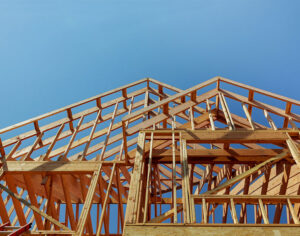When Can I Use the Common Area?
Common areas are just one of the advertised perks of living in a Homeowners Association (HOA) community. From community pools to exercise rooms to picnic spaces – common areas are a place for members of the community to relax and enjoy their time. These areas are often maintained and cared for on an ongoing basis by the HOA making it even more enjoyable to community members.
From time to time, there can be confusion regarding who is allowed to use certain areas, what is defined as a common area in the community, and who is responsible for them. Clarification can be found in the HOA by-laws.
What is a Common Area?
Common areas are defined in the by-laws of the HOA as areas available for use by all homeowners in the community – including walkways, jogging paths, community gardens, swimming pools, playgrounds, and exercise rooms, for example.
Can Residents Use Common Areas for Personal Use?
With common areas, there are usually specific rules that all homeowners must agree to and follow when using. In addition to tidying up after oneself, residents are prohibited from claiming the area as their own or making changes to it without having permission from the board of directors.
In some scenarios, homeowners can submit a request to reserve common areas like pools, picnic areas, or a community building for special celebrations. These requests are typically handled by the management company and/or reviewed by the board. In most cases, notice or a reservation is then posted for all homeowners either on a community website or in a community area.
Are There Other Types of Common Areas?
While common areas are usually considered general common areas, there are also two additional types, limited and exclusive.
Limited common areas are available for use by multiple homeowners, but not all of them. These are most common in townhouse or condo communities because homes are grouped together in small areas. Limited common areas include shared hallways and stairwells. Another example is when a balcony is shared by two homeowners.
Exclusive common areas are utilized by just one homeowner and are usually located in a public area. These most often include window boxes, balconies, and immediate front or backyards.
How Do You Identify Common Areas?
Every HOA has a Declaration of Covenants, Conditions, Restrictions, and Easements or a CC&R. These documents typically include a map of the association that identifies the physical location of every common area.
Many HOAs look to AR Management for assistance with maintaining regulations and by-laws in addition to property management. Contact our office for additional details today!




